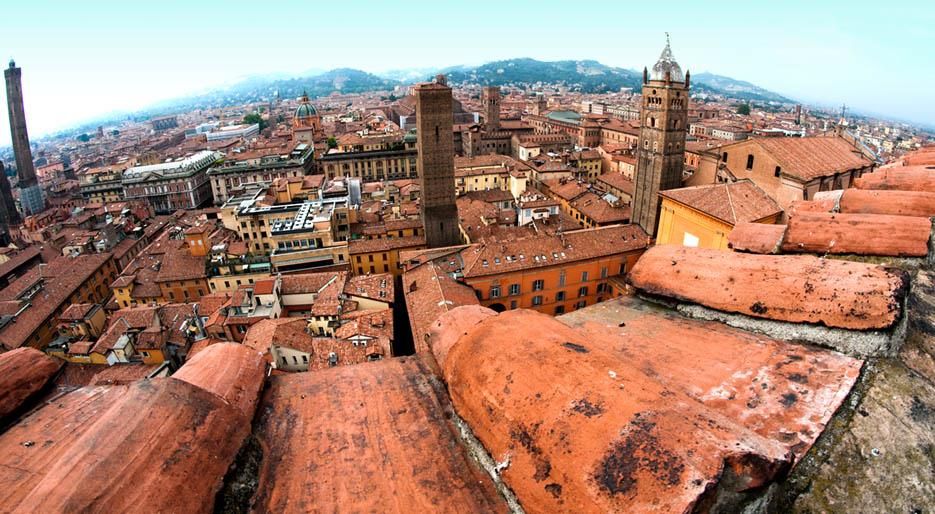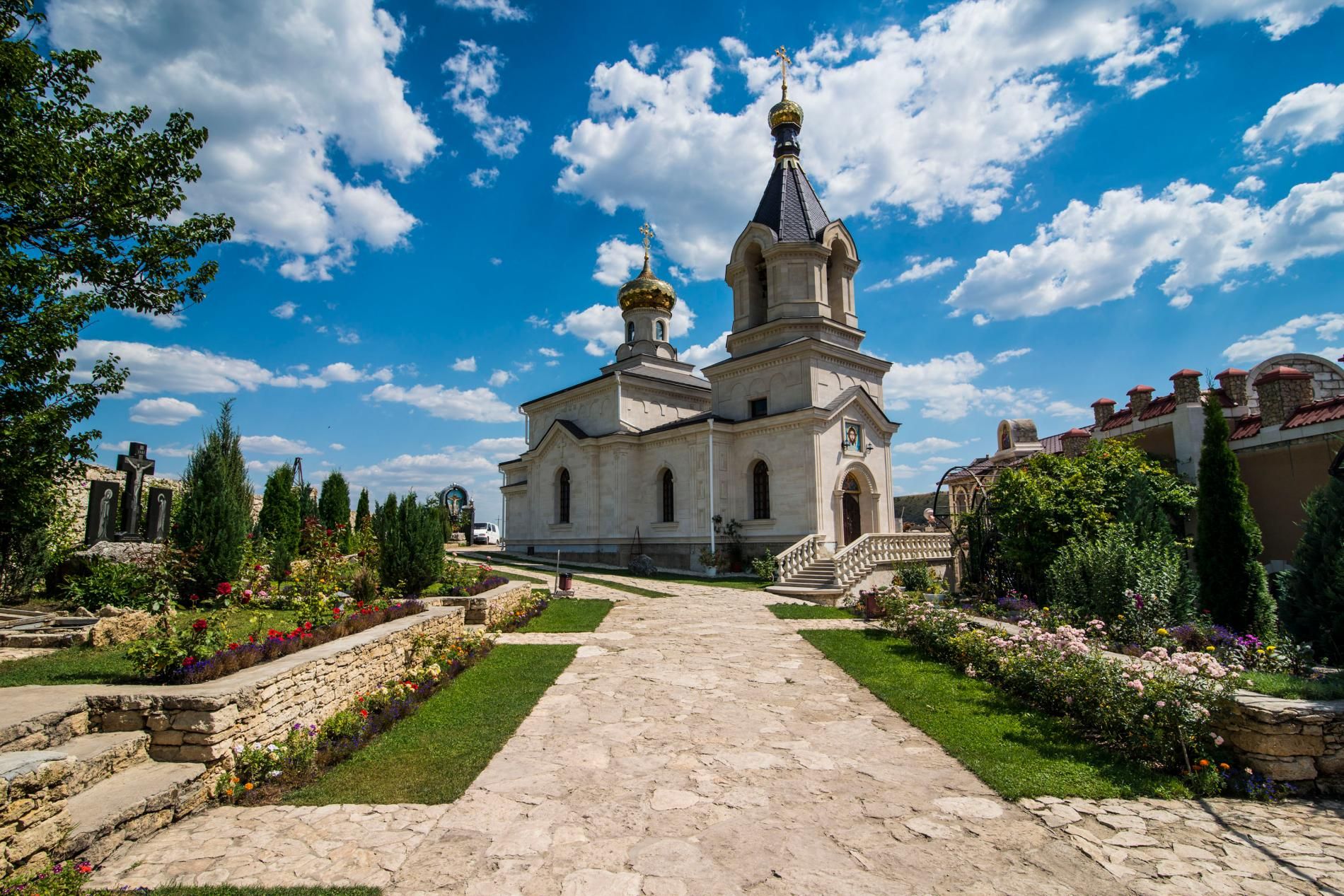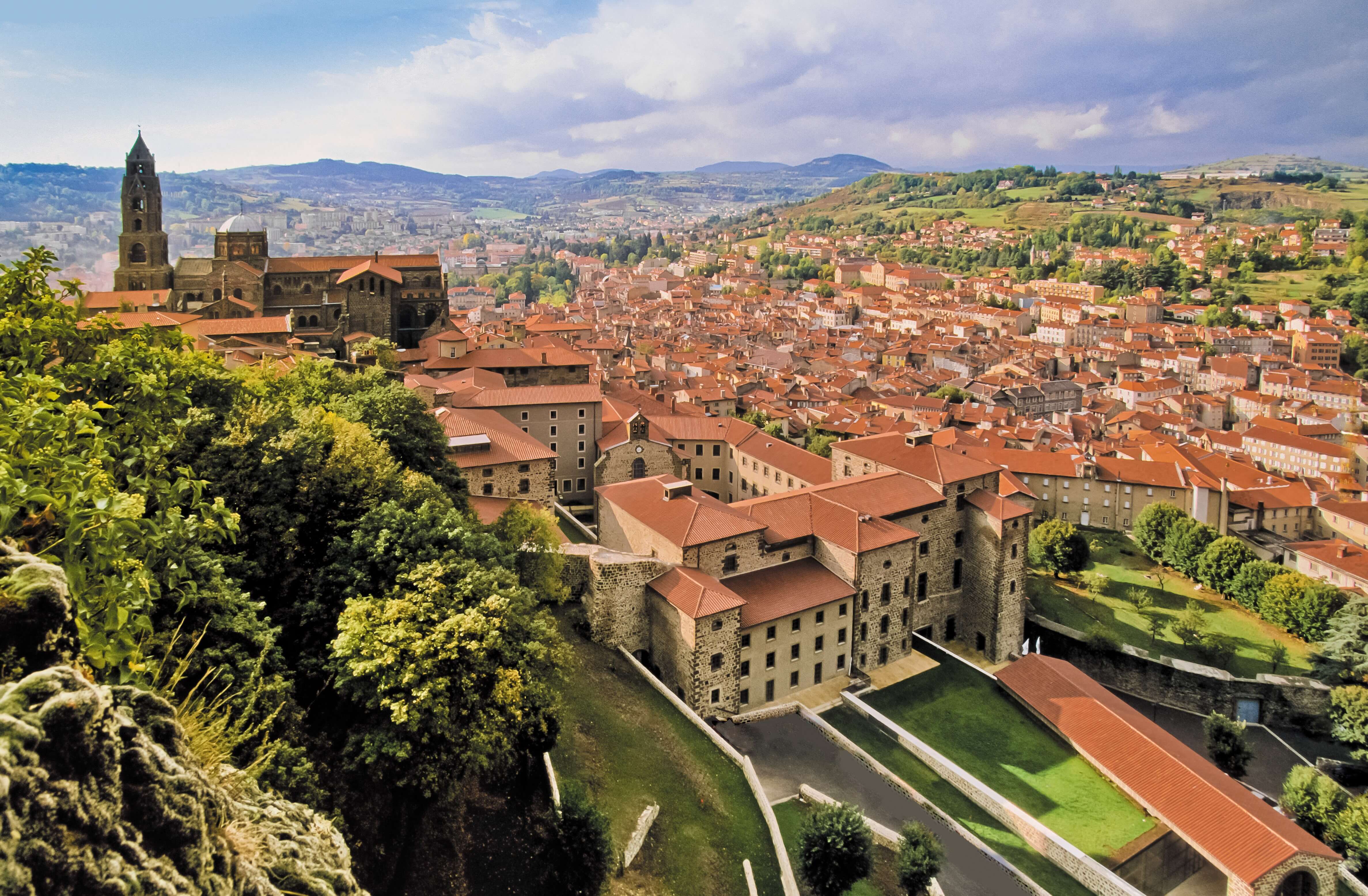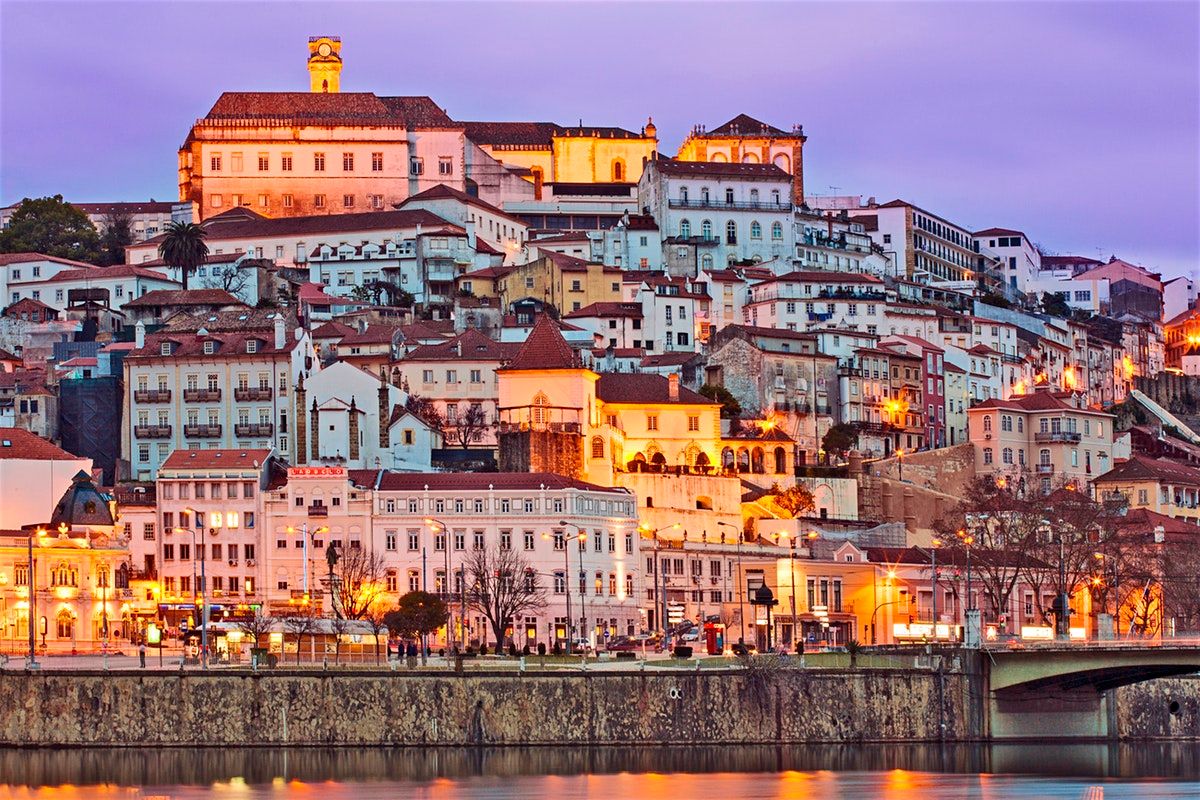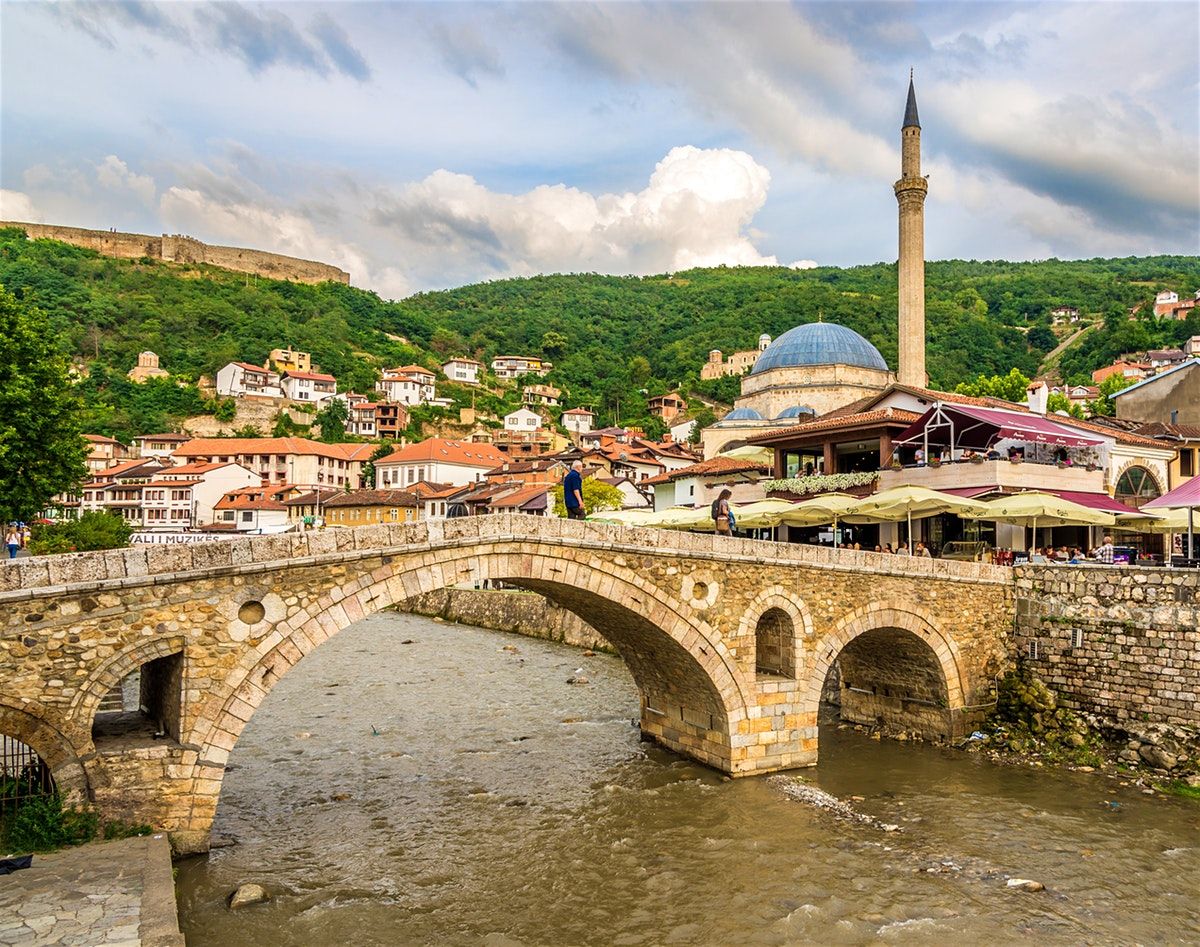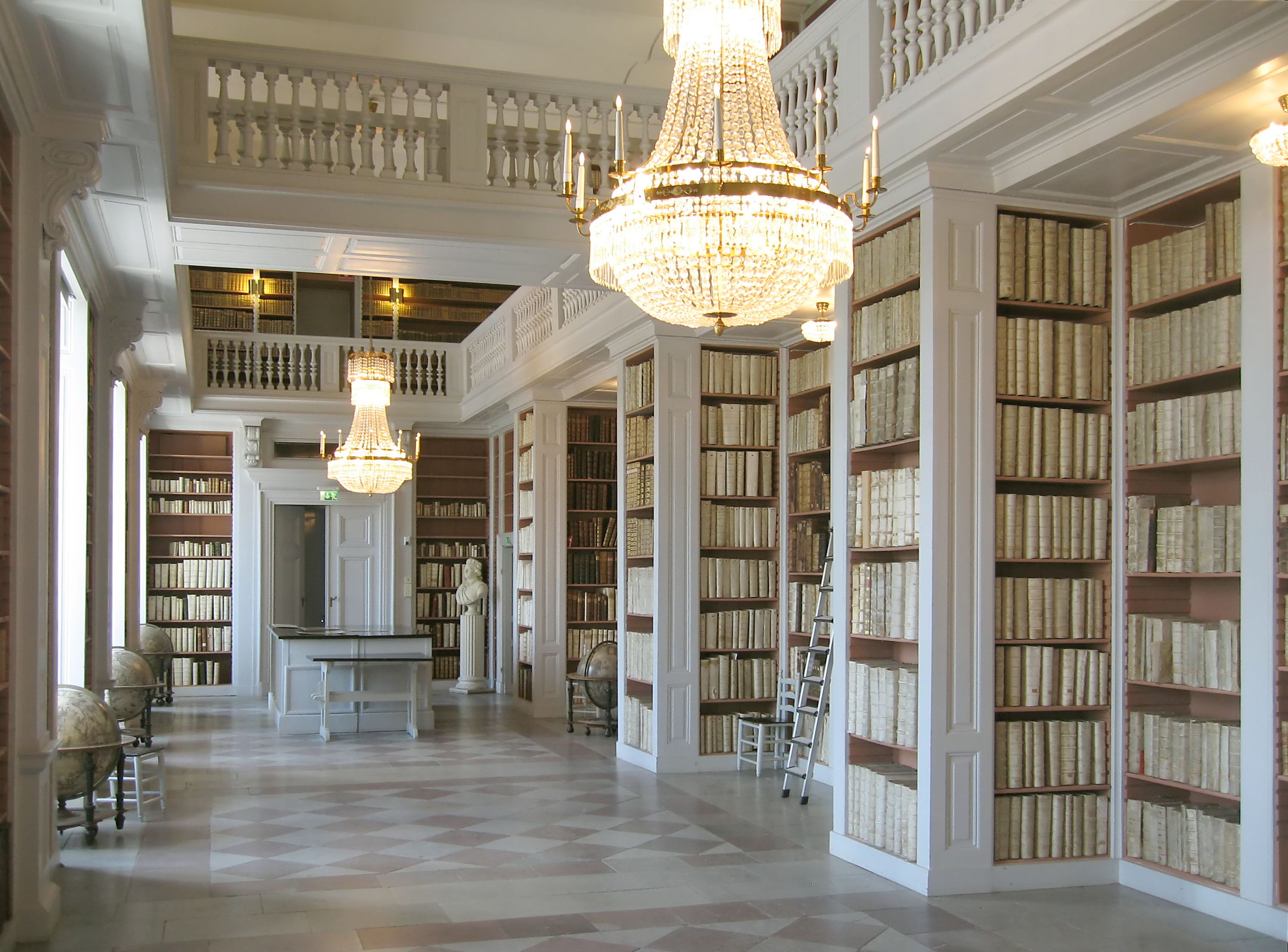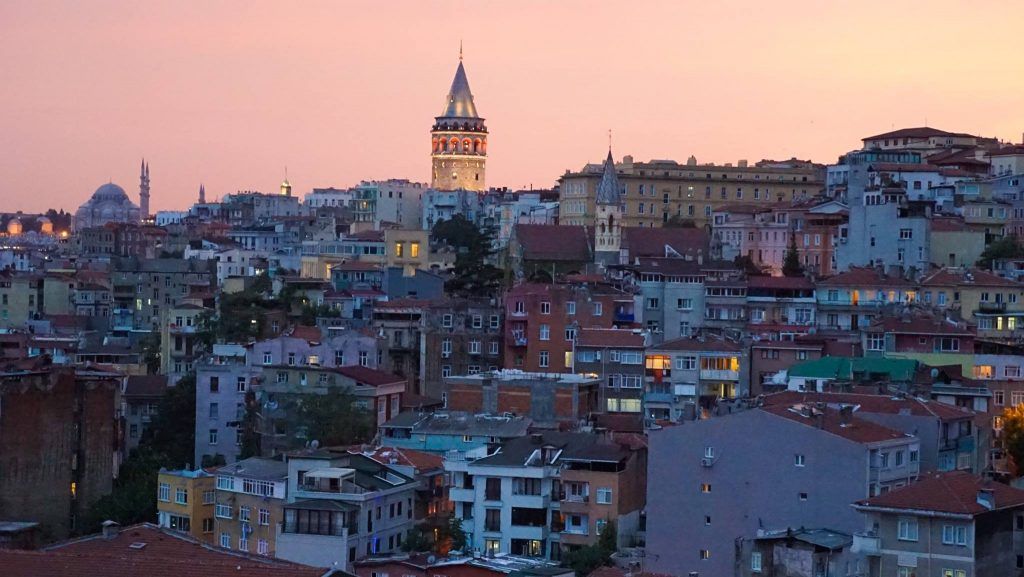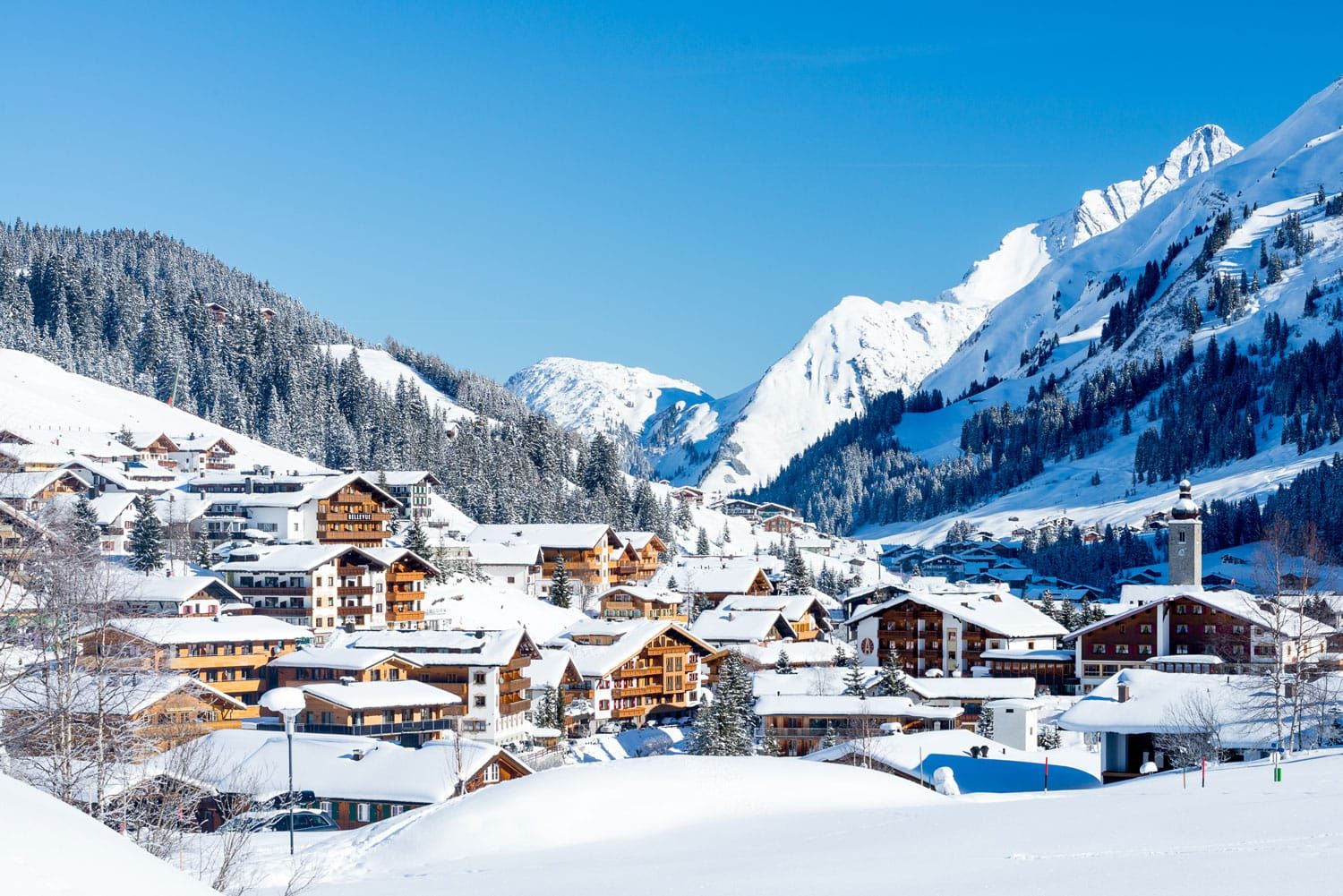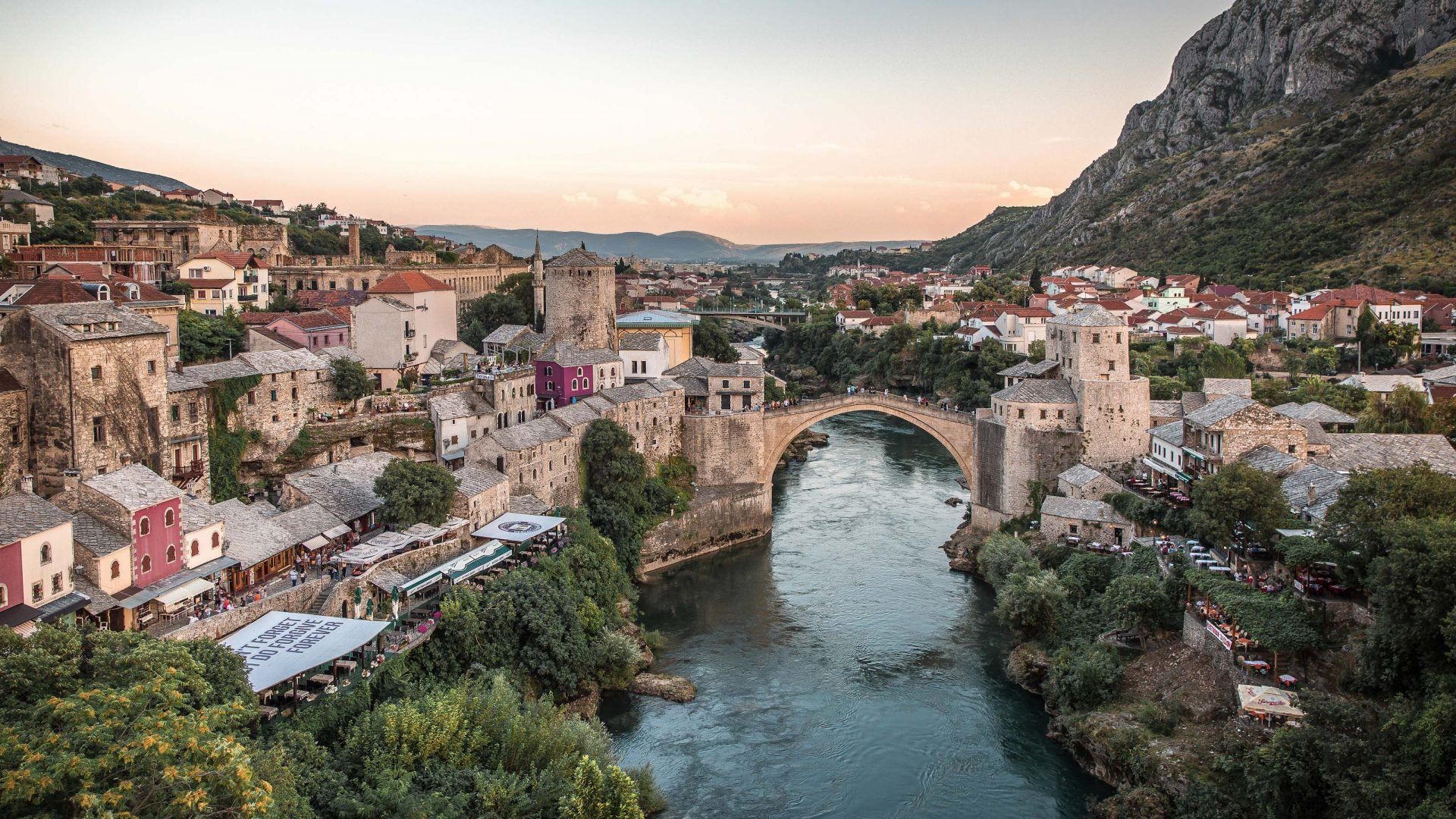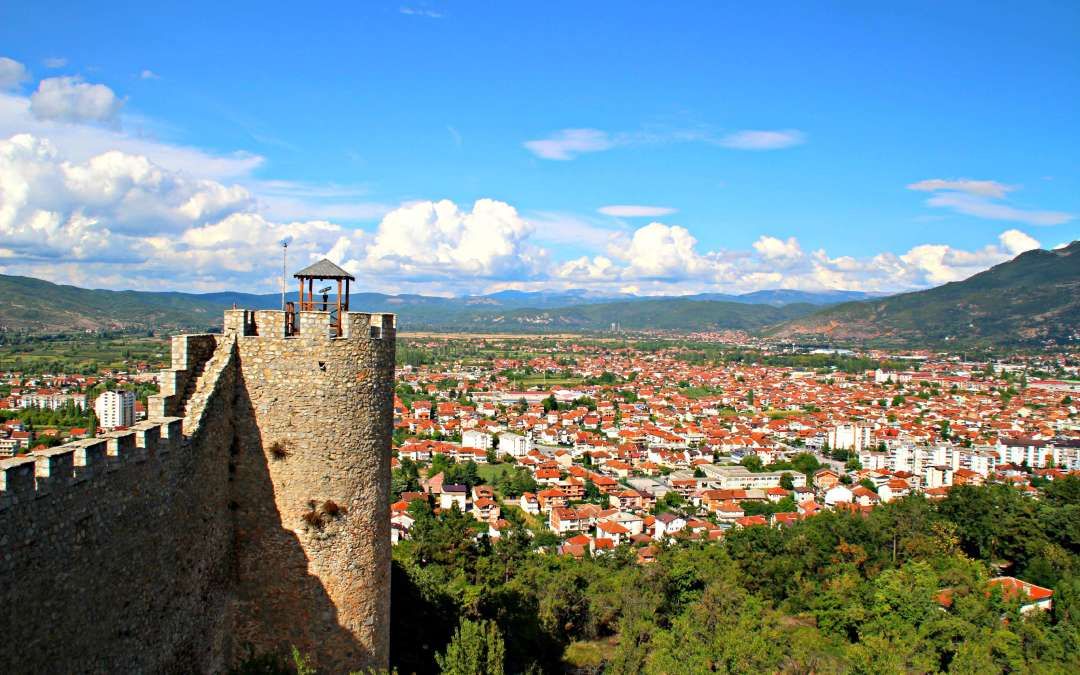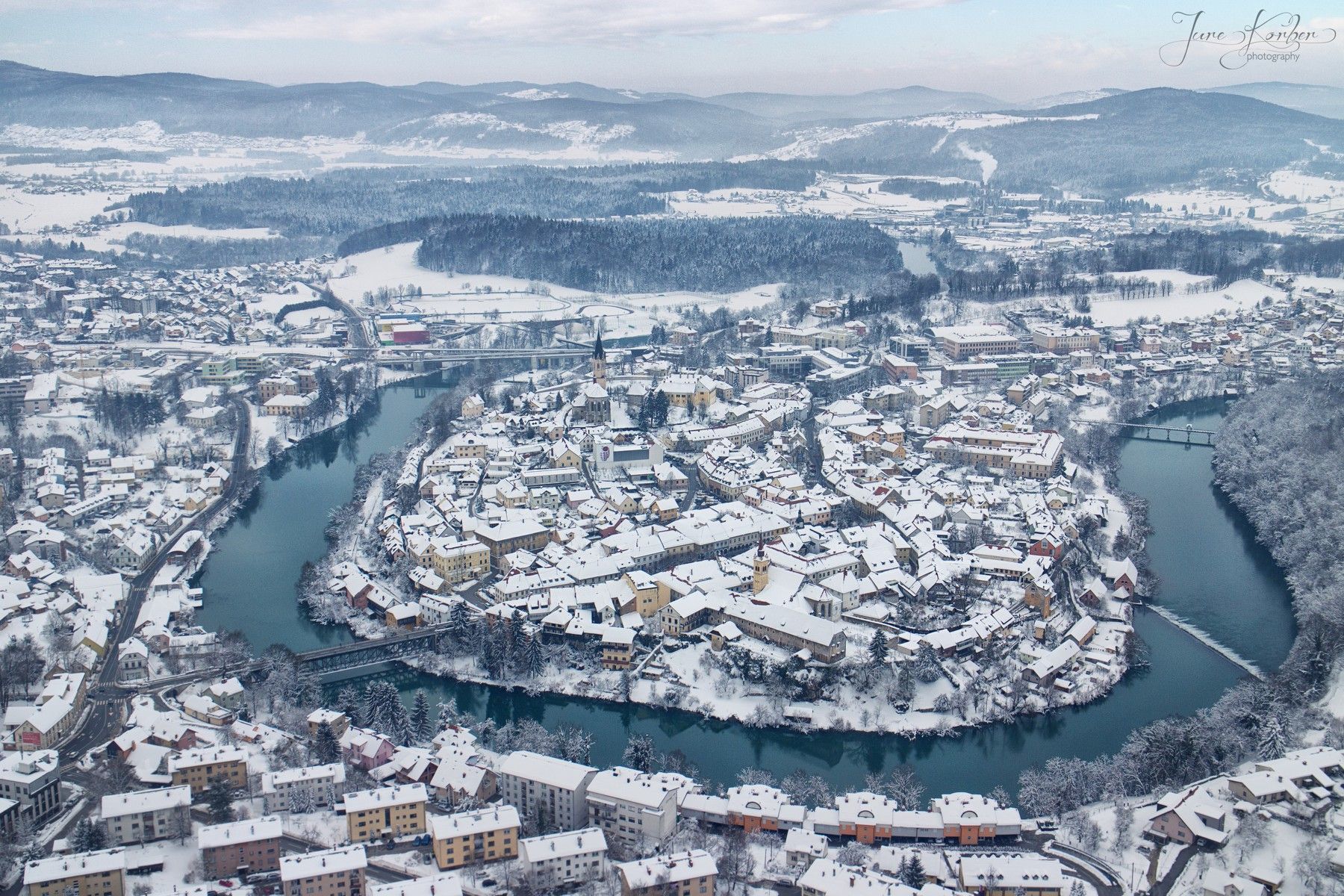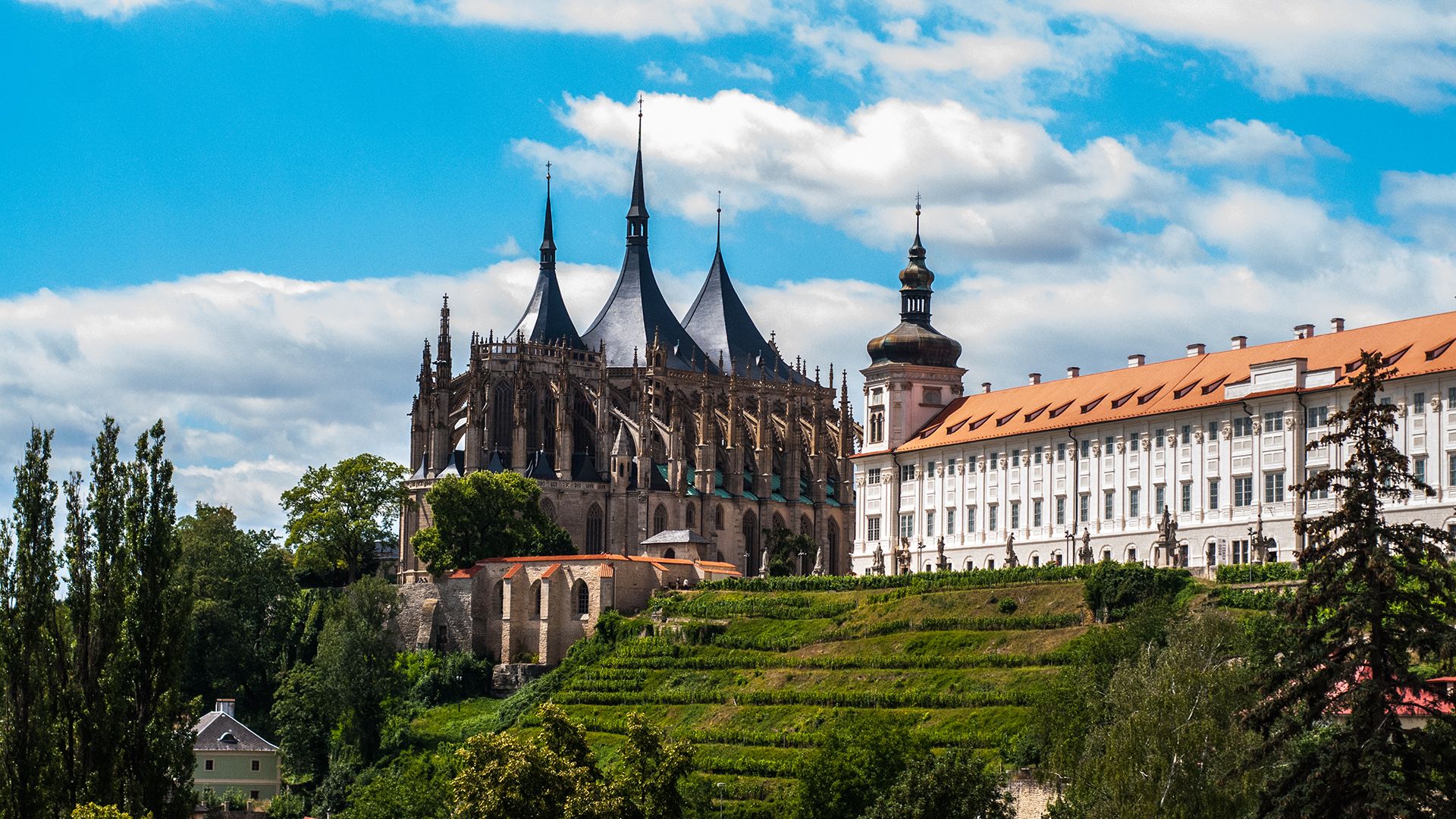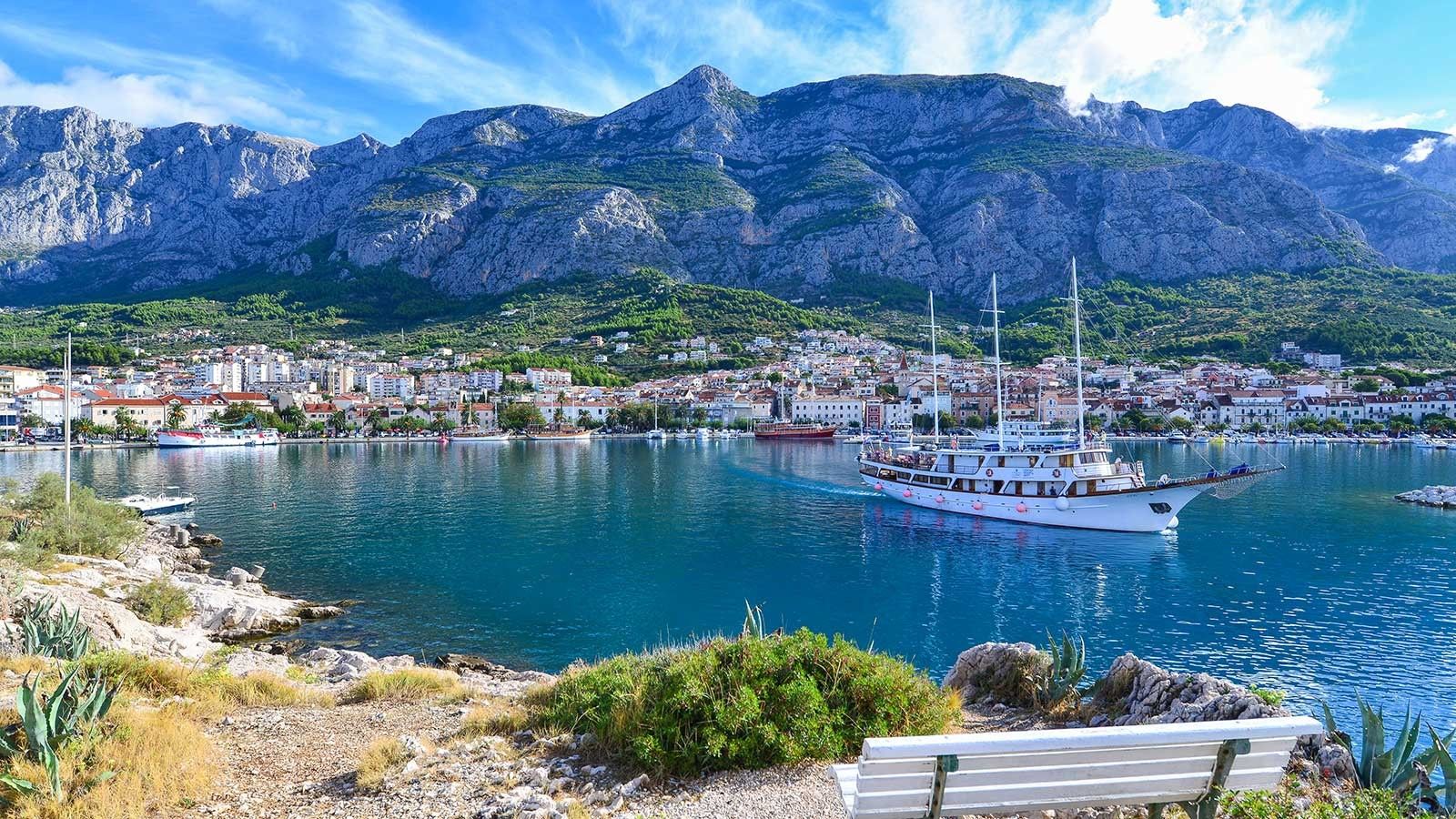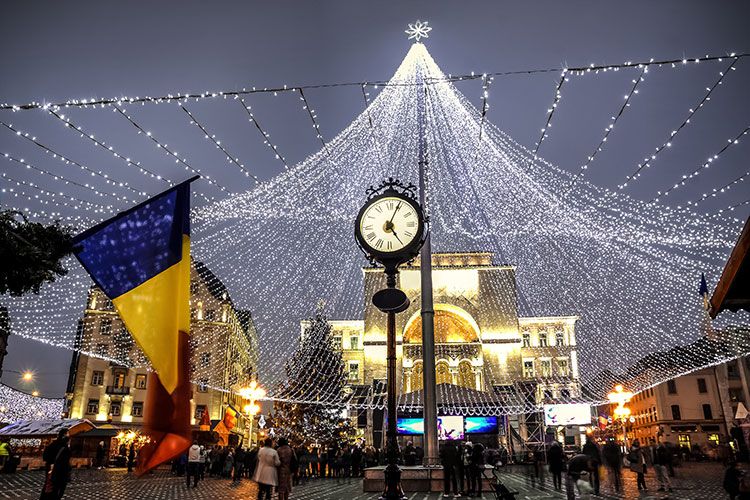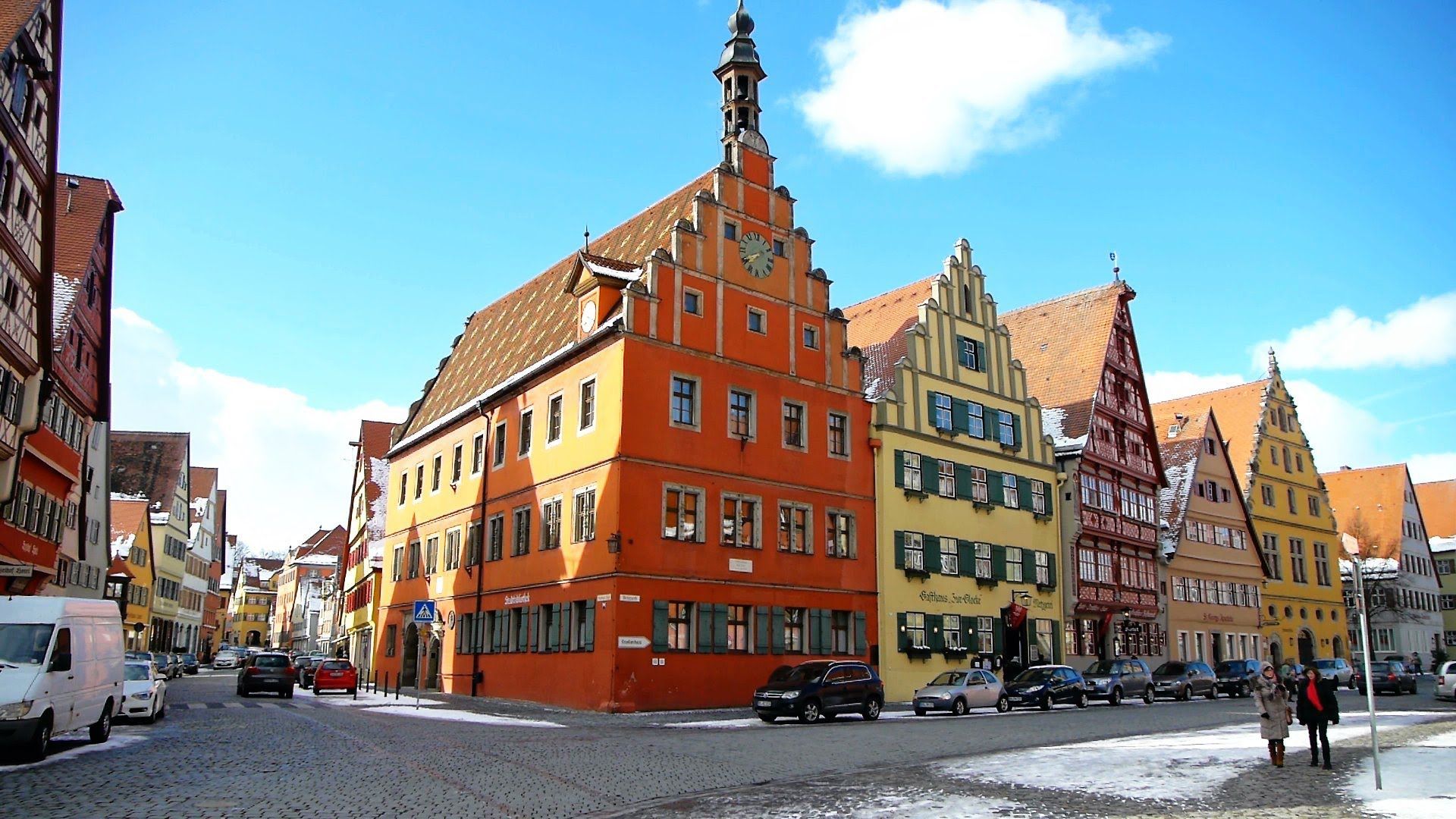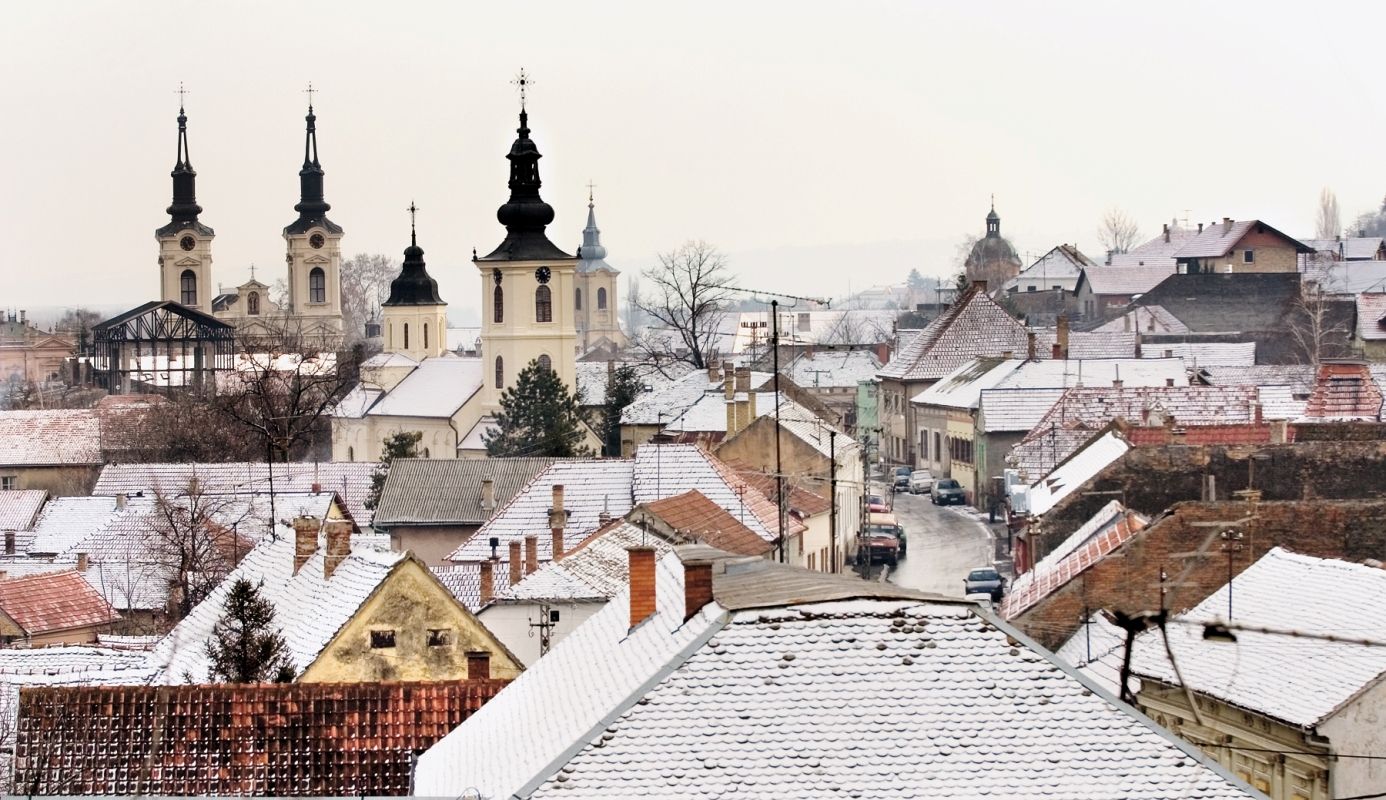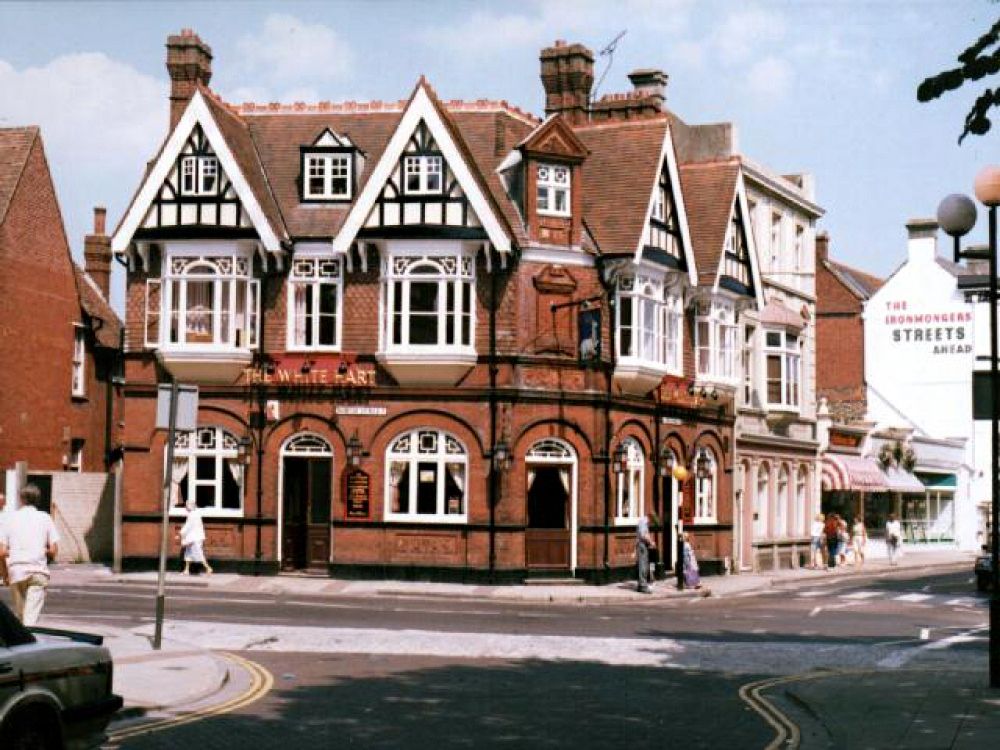There’s nothing more magical than waking up in a place where no one knows your name; finding yourself lost on unexplored streets, surrounded by smells and sounds of a world unlike your own—this is the thrill of traveling. There comes a sort of awakening that rumbles inside you when you find yourself absorbed in cultures and lands that were once unbeknownst to you. With each new stamp in your passport, the food you try or site you visit, you gain a newfound level of understanding. Understanding not just of the world around you, but of people, of humanity. The French novelist Marcel Proust perfectly describes this effect of traveling saying "The real voyage of discovery consists not in seeking new landscapes, but in having new eyes."
No matter who you are, a fundamental desire for anyone traveling is to feel immersed in an authentic experience, to truly see and live like the natives, if even only for a couple of days. However, it's easy to fall into the tourist trap, finding yourself often at places swarming with more foreigners than locals. For some, there's a level of comfort staying in the big cities or hot-spot destination like London or Paris, but in doing so you miss out on something else; something mystical; something just waiting to be discovered.
If you're looking for an adventure the next time you find yourself roaming the world, just check out any one of these mysterious and undiscovered European towns. Trust us, you won't be disappointed.
20 Hallstatt, Austria
Hallstatt, known as Hallstätter See, sits between the Dachstein mountains in the Salzkammergut Lake Region. For centuries, this small Austrian town was highly renowned by Kings and Queens for its valuable salt. Hallstatt became an economically rich market town due to its prosperity derived from the sale of salt, gaining the picturesque village international recognition. They retrieved the well sought-after commodity from deep mines dating back more than 7,000 years ago. The Hallstatt Mines are some of the world’s oldest salt mines in existence and also feature a subterranean salt lake which visitors can explore through daily guided tours. This UNESCO World Heritage site also features one of Austria’s most beautiful historic “Soleweg” trails that lead to stunning panoramic views of Lake Hallstatt.
19 Modena, Italy
Italians are known for their love of food and the finer things in life and the city of Modena is no exception. Modena is located in Italy’s Emilia-Romagna region and is just roughly two hours north of Florence by car, however, you can also reach the city by train as well, making this hidden gem of a city more accessible than most realize. The area is especially known for their high-quality balsamic vinegar and locally produced wine. Apart for delicious Modenese cuisines such as Mangia, the city is also home to a number of luxury vehicle manufacturers including notorious Italy sports cars Ferrari and Lamborghini. Modena also offers a range of historical landmarks such as the Modena Cathedral or the beautiful bell tower, Torre della Ghirlandina, which visitors can climb to the top of and see stunning city views.
18 Tiraspol, Moldova
Also known as Pridnestrovian Moldavian Republic (PMR), Tiraspol was one of the frozen conflict zones that spawned out of the collapse of the Soviet Union in 1991. The mass amount of preserved Soviet symbology and stark architecture that once characterized the USSR separates Tiraspol from other previous-soviet block regions. Often described as the “last outpost of the USSR,” Tiraspol is teeming with communists motifs and socialist monuments that can be seen throughout the city. The National United Museum offers an in-depth history lesson of the local area and also features an exhibit dedicated to the Russian poet Nikolay Zelinsky. In the evening, be sure to try one of the city's local treasures: Kvint. Extremely hard to find in other parts of Europe, Kvint is a high-quality cognac produced in Tiraspol. You can even book a tasting tour at the Kvint wine and brandy distillery located at Lenin St 38, Tiraspol.
17 Kukës, Albania
A small country with alluring coastlines, diverse terrain and hundreds of castles and archeological sites, Albania may be one of Europe’s most overlooked countries for travelers. While Albania may be Europe best-kept secrets, the city of Kukës is Albania's. This picturesque region is ideal for those looking to unleash their inner outdoorsmen. Found in northern Kukës and nestled in the Albanian Alps, the Valbonë Valley National Park possesses a variety of mountainous terrain, glacial springs, and waterfalls to explore. The largely preserved ecosystem is easily one of the most impressive topographic regions in all of Albania.
16 Le Puy-en-Velay, France
France is full of charming countryside villages and towns that are often left unexplored as tourists flock to the more populous cities such as the likes of Paris, Lyon, or Marseille. For those looking to explore a more intimate perspective of what the country has to offer, Le Puy-en-Velay is a must see. Located in southern France, the small isolated commune is surrounded by a striking scenery of hills formed by conical volcanoes millions of years ago. Le Puy has played a significant role throughout history as it was a starting point for one of the main pilgrimage paths in France that lead to Santiago de Compostella. Today, many of the religious sites and monuments are still preserved in the town such as the Chapel Saint-Michel d’Aiguilhe which was built in 969 and rest an impressive 85 meters high atop a volcanic plug.
15 Coimbra, Portugal
Coimbra maybe one of the most undiscovered cities in Portugal, but a gem nonetheless. This riverfront city was once the country’s former capital and home to a range of historical sites and ancient Roman ruins. Coimbra is located halfway between two major cities, Porto and Lisbon, making it an ideal midway point for travelers. Built on a hillside, the city offers stunning coastal views and an intricate city layout to explore. Coimbra is also home to Portugal’s oldest, and most distinguished, University which was built on what was once the former palace. The University of Coimbra also houses an impressive baroque library, Biblioteca Joanina, where you’ll find over 60,000 books dating from the 12th century and all the way up till the 18th century. Other sites to see include the Machado de Castro National Museum, Sé Velha Cathedral, and St. Michael’s Chapel.
14 Prizren, Kosovo
Filled with a rich cultural heritage and a beautiful mountainous backdrop, Prizren is one of Kosovo’s best-kept secret. Strongly influenced by the Ottoman Empire, the city isn’t complete without its unique traditional buildings and Byzantine architecture. Being so close to the Orahovac wine region, you’ll find a variety of artisan wines available in the city as well as savory local specialties from grilled meats to Shar cheese. Aside from the gastronomical delights, a trip to Prizren isn’t complete without venturing outdoors and hiking the Shar mountains. The Shar mountains offer a variety of easily accessible trails for hiking and biking; all with stunning views of the region.
13 Uppsala, Sweden
Most would be surprised to know that Sweden is made up of thousands of coastal islands. In fact, the capital, Stockholm, itself is built on 14 islands on the banks leading to the archipelago where Lake Mälaren joins the Baltic Sea. Although Stockholm may be the most known city to tourists, just a mere hour north of the capital (or 30 minutes by train) lies one of Sweden’s oldest cities: Uppsala. Founded around the 3rd century, Uppsala has, historically, been a focal point for political and intellectual development in the country, especially given the fact that it was the first in northern Europe to establish a University. Uppsala University was founded in 1477 and holds one of the most magnificent, and extensive, libraries in all of Europe that you just have to see in person (pictured above). And, yes, it’s open to the public.
12 Burgas, Bulgaria
The Black Sea, set between Eastern Europe and the Atlantic Ocean, has dozens of unique cities lining it. Burgas is just one of them. After many archaeological findings, estimates are that the city of Burgas dates back to the Neolithic. For the first time in 2016, a nearly 7,000-year-old ceramic prism was unveiled to the public at the Regional Museum of History and is believed to have been constructed pre-alphabetic writing. At the cities center, you’ll find the Church of Saint Cyril and Methodius, famous for its stunning stained- glass windows above its main entrance.
11 Šibenik, Croatia
Resting on the Adriatic coast, and just under two hours north of Split, the historic city of Šibenik is often overlooked by many visiting the country. Šibenik, unlike most Dalmatian towns, didn’t develop as a result of overgrown coastal settlements; but rather, began as a fortification post. For centuries the city was constantly in a state of altering ownership between Hungarian, Croatian, Venetian, Herzegovina and Byzantine rulers. As a result, Šibenik possesses many historical odes to these differentiating periods of control, both culturally and artistically. Given its historical significance, it’s not surprising to discover that the town was also renowned for its scholarship and culture due to centuries of heightened trade and prosperity. Today, various architectural elements and styles from different empires and periods of art can still be found standing in the city. The Šibenikb Cathedral, for example, is one of the most impressive Gothic-Renaissance structures in the country, while St. Michael's Fortress originates from medieval times.
10 Lech, Austria
Although maybe the most expensive place on our list, this small traditional skiing town is a must see. The little mountain village lies in the Bludenz district in the western state of Vorarlberg, the smallest province in Austria. Many visitors flock to this destination during winter for the impeccable skiing and when the town transforms itself to one of the biggest skiing resorts in the country. While the long months of snow offer unlimited opportunities for winter sports, the summer also provides alternative activities. During the summer season in Lech, dozens of hiking trails are available and lead to many scenic spots such as Spullersee mountain lake, waterfalls, and more.
9 Mostar, Bosnia
Mostar is located in southern Bosnia and Herzegovina and extends across the Neretva River. Today the city of barely 100,000 people is peaceful, but it wasn’t always this way. During the Balkan conflict of the 1990’s, Mostar was one of the most divided regions and suffered tremendously during the war; however, with great resilience and love, the city rebuilt itself to the delight you’ll find today. One of these delights is the Stari Most, a 16th-century Ottoman-style bridge that spans over the Neretva River and connects both sides of the city. Other treasures in the city include the Hadži Alijina Mosque, built in 1562, and the Koski Mehmed Paša Mosque that offers breathtaking views over the Old Town.
8 Ohrid, Romania
Ohrid features outstanding natural sites and an abundant cultural and historical heritage. A testimony to cultural competition, the city's large number of archaeological sites range from Medieval mosaics and frescoes to 7th-century Bulgarian fortresses. Known for its vast conservation, Ohrid is a UNESCO site as well as recognized by the International Union for Conservation of Nature (IUCN) as a significant environmental region and protected under the law since 1958. Surrounded by Galičica National Park, the breathtaking Ohrid Lake is famous for its crystal clean water--visible 22 meters down! With its fortress, amphitheaters, baths, necropolis, and villas; Ohrid is considered one of the most ancient towns in the Balkans and definitely worth the visit.
7 Novo Mesto, Slovenia
Novo Mesto was founded by Rudolf IV of Austria in 1365 and would later move on to become an essential military base on the Ottoman frontier for the centuries that followed. Novo Mesto, which in Slovene translates to Mestna občina Novo Mesto, rests in the southeastern area of Slovenia, close to the border of Croatia. Novo Mesto is Slovenia’s seventh largest town; and although that may sound impressive, the municipality only consists of approximately 36,000 people. The private town possesses one of the most important archeological sites, Kapiteljska njiva, that dates back to the 10th century BC. Archaeologists have found remains of tools and weapons dating back to Neolithic times all the way through the decline of antiquity. Along with its impressive past, the town is also full of delightful local bakeries and bar where you can dine on traditional cuisine.
6 Kutná Hora, Czech Republic
The city of Kutná Hora was founded in the 13th century and gain extreme wealth and power from the mining of silver up in till the late 16th century. One of the most striking things to see in this Central Bohemian Region of the Czech Republic is the church of Saint Barbara. This Gothic church and UNESCO site is lined with beautiful frescoes depicting aspects of secular life in the mining town. The well-preserved medieval church of Saint Barbara had a major influence on architecture not only within the country but also throughout central Europe. Another stunning, but extremely unusual, must see is the Sedlec Ossuary otherwise known as the “Bone Church.” The small chapel is decorated with approximately 70,000 human skeletons! The bones come from those who died during the Bubonic Plague in the 14th century as well as from those killed in the Hussite Wars in the early 15th century.
5 Makarska, Croatia
A port town on the Dalmatian coast, Makarska, is known for its seafront esplanade, white beaches, vibrant night scene. Makarska is only one hour south of Split and sits at the bottom of Sveti Jure mountain. This harbor city located in the Mediterranean is one of a kind and directly parallels Brač island, making it an ideal stay for those looking to dive into nature and explore Makarska natural wonders. The city museum can be found on the cities famous waterfront, along with the church of St. Filip. The Franciscan monastery is also another stunning display and educational site; home to a picture gallery, library, and a unique Malacological museum (focused on the preservation and study of mollusks.)
4 Timișoara, Romania
The city of Timișoara is located in western Romania and is the third most populous towns in the country. Timișoara is particularly known for its Secessionist architecture. In 1897 the Secessionist movement started in Vienna and was formed by a group of Austrian artists who rejected classicism and favored geometry and abstraction in architecture. Notable Romanian building and factory architect, Laszlo Szekely, vastly incorporated the Secessionist design principles into his projects, making Timișoara an epicenter for the movement in Romania. Other than its architectural history, Timișoara was also the starting point of the Romanian Revolution in 1989. The revolution was started on December 16th, 1989 when a Hungarian pastor spoke out against the communist regime policies which inspired massive protests; and in turn, military crackdown. The bloody revolution lasted a total of 9 days and resulted in the overthrow of Communist Party General Secretary Nicolae Ceaușescu.
3 Dinkelsbühl, Germany
This historic and colorful town is often overlooked, but a splendid discovery for anyone who stumbles across this former imperial city of the Holy Roman Empire. Since it’s fortification by Emperor Henry V in 1305, Dinkelsbühl grew to become a popular, and religiously diverse, city. Surrounded by old medieval towers and walls, Dinkelsbühl has a range of interesting quarters and architecture to explore. The Weinmarkt, for example, is a must see in the city and features rows of colorful houses from the 1400s as well as the famous old Ratstrinkstube which was built in the early 17th century.
2 Sremski Karlovci, Serbia
Located in the South Bačka district and situated on the Danube river, the small town of Sremski Karlovci is a Serbian treasure packed with culture and history. This multicultural city is famous for its vineyards and popular wine tastings. You’ll also find a diverse range of magnificent baroque architecture and art such as the magnificent frescoes of Serbian artist Paja Jovanović in the Cathedral Church of St. Nicholas or the intricate edifices found on the grand Patriarchate Court. While Sremski Karlovci was an important spiritual hub, the city also served as a point of interest for many poets, intellects, and prominent Serbian figures. This can mostly be attributed to the fact that the first ever Gymnasium in Serbian was founded in the city's center and still preserved to this day.
1 Havant, England
London may be grand, but you can’t truly get the complete “English” experience without venturing into the small towns that have served as the backbone of the country since Roman times. The best part? They’re closer than you think. A quick 1.5 hours by train from London, the darling and undiscovered village of Havant is just waiting to be explored. Nestled between the countryside and the coast, the streets of Havant are ripe with history; from its famous Homewell Springs to its centuries-old Tudor architecture—Havant is both a historic and visual delight. Situated in the heart of Havant, make sure to spend a night at the famous Bear Hotel which has been visited by the likes of both Churchill and Queen Victoria.
References: wanderlust.co.uk, tripadvisor.com

